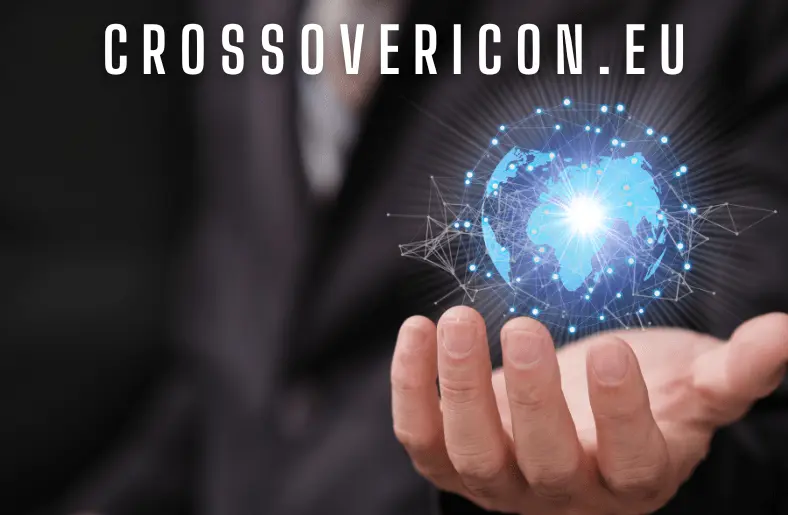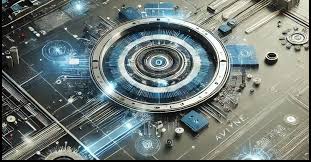In the ever-evolving landscape of digital information, the concept of “manguonmienphi” stands as a beacon for those seeking free and open-source resources. Derived from the Vietnamese term “mã nguồn miễn phí,” which translates to “free source code,” manguonmienphi has become synonymous with the broader movement toward open-source software, free digital resources, and the democratization of knowledge.
This article will delve into the origins, significance, and various facets of manguonmienphi, highlighting how it impacts technology, education, and the global digital community.
Origins and Evolution of Manguonmienphi
The term manguonmienphi is deeply rooted in the open-source software movement, which began in the late 20th century. The movement was a response to the growing control exerted by proprietary software companies, who restricted access to the source code of their programs. This limited the ability of users to modify, improve, or even understand the software they were using.
The open-source movement sought to change this by promoting the idea that software should be freely available for anyone to use, modify, and distribute. This philosophy was not just about cost; it was about freedom – the freedom to learn, the freedom to innovate, and the freedom to share.
In Vietnam, as in many other countries, this philosophy resonated strongly. The term manguonmienphi was adopted to reflect the local adaptation of this global movement. Over time, it has come to represent not just free software, but a broader commitment to making digital resources freely available to all.
The Impact of Manguonmienphi on Technology
The influence of manguonmienphi on the technology sector is profound. Open-source software has become a cornerstone of the modern internet, powering everything from web servers to mobile devices. Some of the most well-known software programs in the world, such as Linux, Apache, and Mozilla Firefox, are open-source projects.
Promoting Innovation
One of the key benefits of manguonmienphi is its ability to foster innovation. Because the source code of open-source software is freely available, developers from around the world can collaborate on projects, improving and expanding upon each other’s work. This collaborative approach often leads to more rapid advancements than are possible in the closed world of proprietary software.
For example, the Linux operating system, which started as a personal project by Linus Torvalds in 1991, has grown into one of the most widely used operating systems in the world, largely due to the contributions of thousands of developers globally.
Reducing Costs
Manguonmienphi also has significant economic implications. By using open-source software, businesses and individuals can save substantial amounts of money on licensing fees. This is particularly important in developing countries, where the cost of software can be prohibitive. Manguonmienphi provides an affordable alternative, enabling more people to access the tools they need to participate in the digital economy.
Enhancing Security
Contrary to what some might expect, manguonmienphi can also enhance security. Because the source code is publicly available, it can be reviewed by anyone, which means that security vulnerabilities are often identified and fixed more quickly than in proprietary software. This transparency is a key advantage of the open-source model.
Manguonmienphi in Education
Beyond technology, manguonmienphi is making waves in the field of education. The philosophy of free and open access to resources aligns closely with the goals of educators and institutions seeking to provide high-quality education to as many people as possible.
Open Educational Resources (OER)
One of the most significant developments in this area is the rise of Open Educational Resources (OER). OERs are teaching, learning, and research materials that are freely available for anyone to use, adapt, and distribute. They include textbooks, lecture notes, assignments, and even full courses.
The adoption of OERs has the potential to revolutionize education, particularly in regions where access to high-quality educational materials is limited. By removing the cost barrier, manguonmienphi allows students and educators to access a wealth of knowledge that was previously out of reach.
Collaborative Learning
Manguonmienphi also encourages collaborative learning. In the same way that developers collaborate on open-source software, students and educators can collaborate on OERs, sharing their insights and improvements with the global community. This collaborative approach enriches the learning experience and promotes a deeper understanding of the material.
Lifelong Learning
The accessibility of manguonmienphi resources also supports lifelong learning. With a wealth of free educational resources available online, individuals can continue to learn and grow throughout their lives, regardless of their formal education or economic circumstances. This democratization of knowledge is one of the most powerful aspects of manguonmienphi.
The Global Digital Community and Manguonmienphi
Manguonmienphi is not just about software or education; it’s about building a global digital community based on principles of openness, collaboration, and shared knowledge.
Empowering Communities
In many parts of the world, access to digital resources is still limited. Manguonmienphi empowers communities by providing them with the tools and knowledge they need to build their own digital infrastructure. This can range from setting up a local internet service provider using open-source networking tools to creating localized versions of software in their native languages.
Cultural Exchange
The open nature of manguonmienphi also facilitates cultural exchange. When digital resources are freely available, they can be adapted and localized to fit different cultural contexts. This not only makes the resources more accessible to a wider audience but also enriches the global digital culture by incorporating diverse perspectives and ideas.
Fostering Inclusivity
Inclusivity is another core value of the manguonmienphi movement. By making resources available to everyone, regardless of their background or economic status, manguonmienphi helps to bridge the digital divide and create a more equitable digital landscape.
Challenges and Future Directions
While the benefits of manguonmienphi are clear, the movement also faces several challenges.
Sustainability
One of the biggest challenges is sustainability. Open-source projects and OERs often rely on volunteers and donations, which can make it difficult to maintain and improve these resources over time. Finding ways to ensure the long-term sustainability of manguonmienphi initiatives is critical to their success.
Intellectual Property
The issue of intellectual property is another challenge. While manguonmienphi promotes the free sharing of resources, it must also navigate the complex world of copyright law. Ensuring that open-source and open educational resources are legally compliant while still being accessible is a delicate balancing act.
Expanding Access
Finally, expanding access to manguonmienphi resources remains a priority. This includes not only increasing internet access in underserved regions but also ensuring that resources are available in multiple languages and formats to cater to a diverse global audience.
Conclusion
Manguonmienphi represents a powerful movement toward a more open, inclusive, and collaborative digital world. From its origins in the open-source software movement to its impact on education and global communities, manguonmienphi is transforming the way we access and share knowledge.
As we look to the future, the challenge will be to sustain and expand these efforts, ensuring that the benefits of manguonmienphi are available to all, regardless of their circumstances. By embracing the principles of openness and collaboration, we can continue to build a digital world that is more equitable, innovative, and connected.



